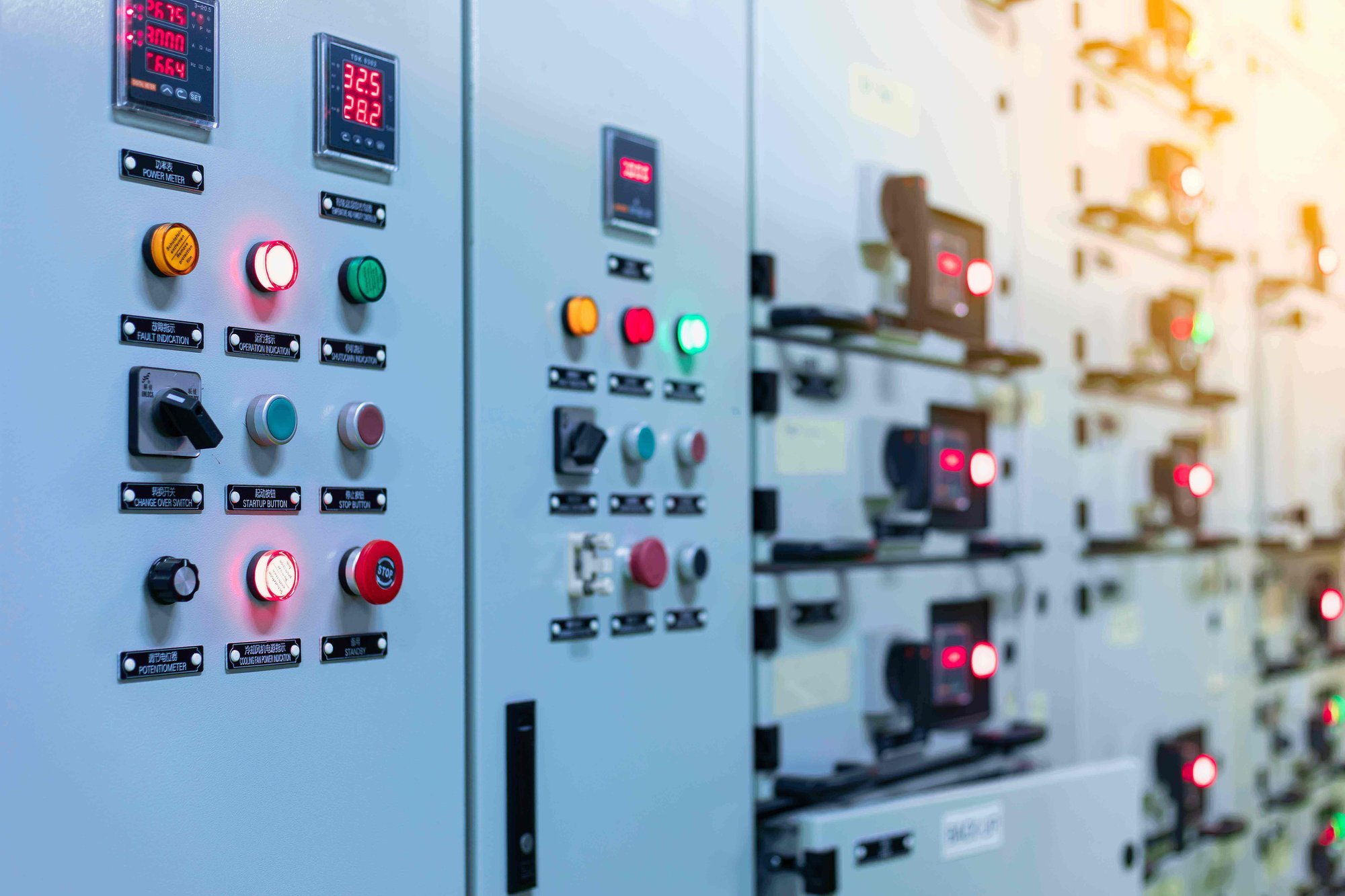What is a Motor Control Center?
A motor control center is often referred to as an MCC.
MCC’s are a critical component in electrical power distribution systems. An MCC has a centralized assembly comprising one or more enclosed sections with motor control units as their core and a shared power bus. Each enclosed section is designed to manage and protect the electric motors in the system, enabling the functionality of equipment and machinery from a single central location.
MCC’s are installed in a control room for easy access or maintenance, typically in a separate air-conditioned room.
Components of MCC and features
MCC typically comprises the following components and features:
- Motor control units: They house the switches and circuits to run the MCC starter, relays, contactors, and other control parts for operating individual motors. Operators can start, stop, and monitor motors using these control panels.
- The horizontal bus: This connects the main power source of the MCC panel across the length of the panel to the individual vertical bus sections.
- The vertical bus: Also known as the power bus, it enables power connections to several starter units in the MCC. It manages the collective loads of all the motors and control units it serves.
- Control and monitoring: A safety mechanism for remote operations and diagnostics is achieved on modern MCCs with integrated features for monitoring and control such as network connectivity, programmable logic controllers (PLCs), variable frequency drives (VFDs), and soft starters that safeguard motors against overloads and other risks.
The VFDs and soft starters also save energy and reduce operating costs by reducing the speed of the motor when full speed is not required.
Benefits of using an MCC
- Centralized control: Multiple motors can be easily controlled from a centralized point, enabling simpler maintenance and operation flow. Operating various motors from a single, centralized location enhances operational efficiency and effectiveness.
- Improved safety: Electrical hazards are significantly reduced by centralizing motor controls because the need for human contact with the motors is less likely. Personnel are, therefore, taken away from the risks associated with being in close proximity to the motors.
- Enhanced efficiency: By precisely controlling motor speeds and consuming less power during periods of lower demand, integrating VFDs and other smart devices into MCCs can result in significant energy savings.
- Maintenance simplicity: One of the leading design considerations for MCCs is enabling easy access to control units and components for maintenance.

.webp?width=2000&name=2024%20CTM%20Survey%20Results%20Website%20webp%20(1).webp)







